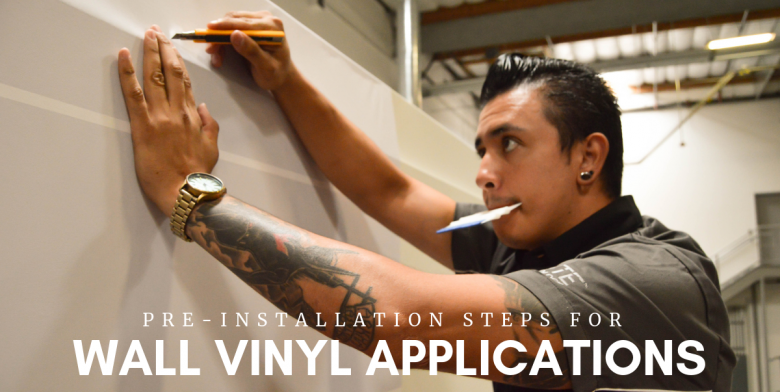Learn the difference between a Cast or Calendered vinyl and how choosing the right film will help you improve your film spec odds tremendously.
About Arlon
Established by its original owners in 1958, Arlon Graphics, LLC is now owned by FLEXcon Company Inc. of Spencer, Massachusetts. Arlon Graphics, LLC has grown to be a worldwide organization with several manufacturing locations and strategically positioned distribution warehouses to best service our various customer bases.







